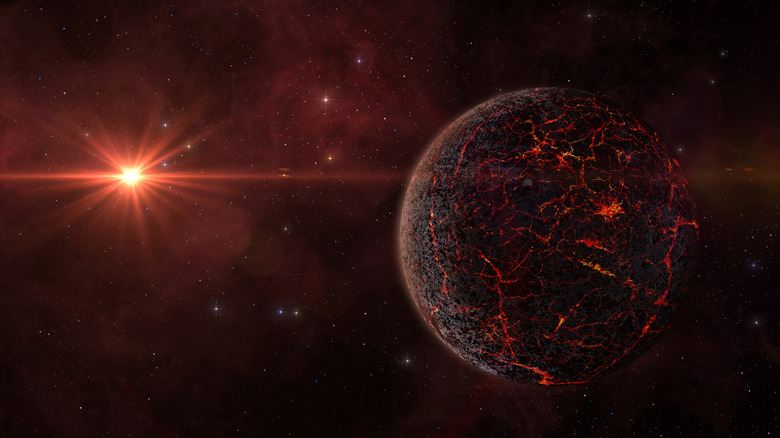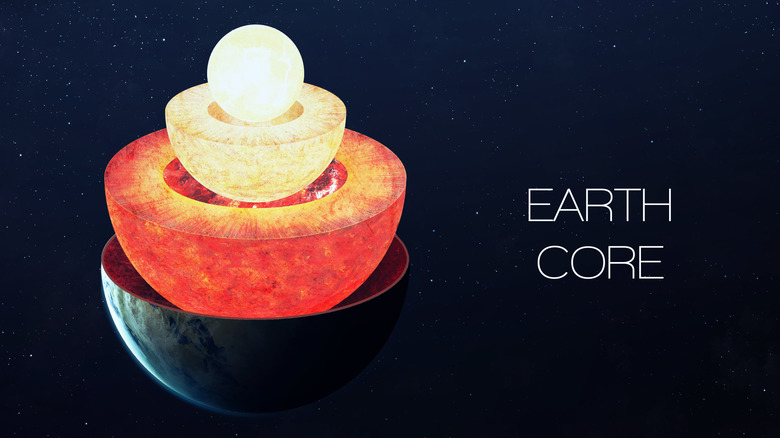What Does 'Proto-Earth' Actually Mean
Proto-Earth is the term used to describe the earliest days of our planet, the body from which our pale blue dot evolved. At this stage of its geological evolution, it likely existed only for a relatively short time, perhaps from tens to a hundred million years. That brief window was crucial for life as we know it today. The chemical composition, physical state, and internal structure laid down during that time helped determine how Earth evolved thereafter.
This period in Earth's history begins with the formation of our protoplanet and ends with the impact of another protoplanet scientists refer to as Theia. Formed roughly 4.5 billion years ago in the early solar system, proto-Earth accumulated material from the solar nebula, grew from collisions with planetesimals, and existed in a molten or partially molten state before the collision with another planetary body, and the subsequent series of dramatic events, shaped it into the world we know today. In short, proto-Earth was the primordial stage of our planet, preceding the moon-forming collision.
The planet's crust was unstable, oceans didn't exist, and life hadn't emerged yet from the primordial goo. It is estimated that proto-Earth existed only for a brief period in time, geologically speaking. It existed as a barren molten rock for around 100 million years until the cataclysmic collision with Theia. This collision was thought to have wiped all evidence of primordial Earth. It altered the composition of our planet, and it blasted a vast amount of debris into space, which would later turn into the moon as we know it. As a result, researchers could only theorize about proto-Earth and what it may have looked like. Until now, that is.
The new findings about proto-Earth
Until recently, we had no geological evidence of this earliest period of Earth's history, but an October 2025 study published in Nature reveals that we may have found physical evidence of the original proto-Earth. Scientists analyzed ancient rock samples from places like Greenland, Canada, and Hawaii and found unusual ratios of potassium isotopes, specifically a surprisingly low level of the radioactive isotope potassium-40, a signature that stands apart from both modern Earth rocks and known meteorites.
The significance? These fragments likely come from within deep inner core layers that were not completely mixed or reset by the major reconstruction triggered by the cataclysmic impact with Theia. But beyond simply identifying a "fossil" piece of Earth, the study has implications for how we think about Earth's initial store of volatiles such as water, carbon, and gases. We also might need to rethink when the conditions on Earth became suitable for life. If parts of our planet retained a more primordial chemical mixture, then the reservoirs of volatiles could have been more complex and long-lasting than previously assumed. Earth may have held onto some of its original material even amid the chaos of large impacts and early bombardment. That persistent reservoir could influence the timing and availability of the water, gases, and other ingredients needed for life.
In short, these old rock fragments are not just a piece of ancient history. They're a window into the formative processes that shaped Earth's chemical evolution, the establishment of its volatiles, and the pre-life environment. They also provide scientists with valuable data on how planets form and evolve until life may emerge. Somewhere in the universe, another proto-planet bubbling with primordial stew is waiting for the spark of life to be ignited.

